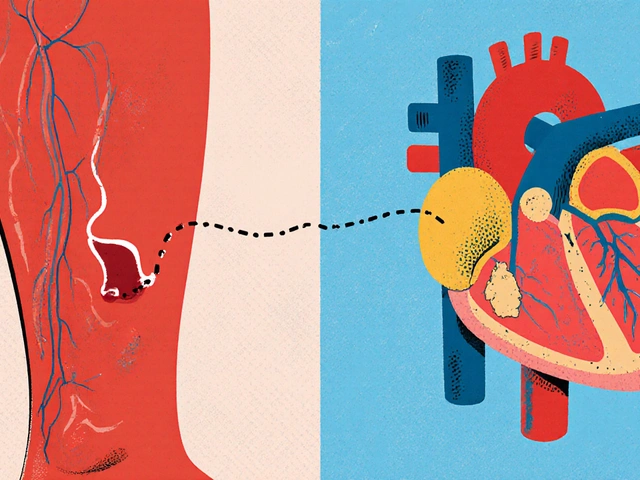Beers Criteria: What You Need to Know About High-Risk Medications in Older Adults
When you're over 65, some common prescriptions can do more harm than good. That’s where the Beers Criteria, a widely used list of potentially inappropriate medications for older adults, developed by the American Geriatrics Society. Also known as the AGS Beers Criteria, it’s not a suggestion—it’s a warning system built from decades of clinical data on how aging bodies react to drugs. Think of it like a map showing which roads are blocked because of hidden dangers. Many of these drugs were fine when you were 40, but your liver, kidneys, and brain don’t process them the same way anymore.
The polypharmacy, the use of multiple medications at once, often leading to dangerous interactions is one of the biggest risks for older adults. The Beers Criteria flags drugs that increase fall risk, confusion, kidney damage, or even heart problems—like certain antihistamines, benzodiazepines, and older types of NSAIDs. You might not realize your sleep aid or arthritis pill is on that list. In fact, some of the medications covered in our posts—like domperidone, a prokinetic agent with limited approval in the U.S. and known cardiac risks, or chloramphenicol, an antibiotic with rare but deadly bone marrow suppression risks—are exactly the kind that get flagged in the Beers Criteria for seniors. Even NSAIDs, common pain relievers like ibuprofen that can cause GI bleeding, especially when mixed with steroids, show up repeatedly in our posts because they’re so widely used and so dangerous for older patients.
What makes the Beers Criteria practical isn’t just the list—it’s the context. It doesn’t say "never use"; it says "use with extreme caution, and only if no safer option exists." That’s why our collection dives into real cases: how metformin can drain energy if it causes B12 deficiency, how nitrofurantoin might affect thyroid function, or how herbal teas can mess with blood thinners. These aren’t random side effects—they’re part of a bigger picture. Older adults often take five, six, or more drugs. One of them might be fine alone, but combined with another? That’s where things go wrong. The Beers Criteria helps doctors and patients cut through the noise and ask: "Is this really necessary?"
What you’ll find below isn’t just a list of articles—it’s a practical toolkit. You’ll see how to spot unsafe advice online, how to manage side effects in kids and seniors alike, how to compare alternatives like Lamisil versus other antifungals, and why some drugs are riskier than others based on age, organ function, and other meds you’re taking. These posts don’t just explain what’s dangerous—they show you how to find safer paths forward. Whether you’re managing your own meds, helping a parent, or just trying to understand why your doctor changed your prescription, this collection gives you the facts you need to speak up, ask questions, and stay safe.

- Nov 12, 2025
- Posted by Cillian Osterfield
How Age Affects Medication Side Effects and Tolerability
Aging changes how your body handles medications, making side effects more common and severe. Learn why older adults need lower doses, which drugs are riskiest, and how to prevent dangerous reactions.
Categories
- Health and Wellness (57)
- Medications (39)
- Health and Medicine (22)
- Pharmacy Services (10)
- Mental Health (5)
- Health and Career (2)
- Medical Research (2)
- Business and Finance (2)
- Health Information (1)
Latest Posts
©2025 heydoctor.su. All rights reserved





